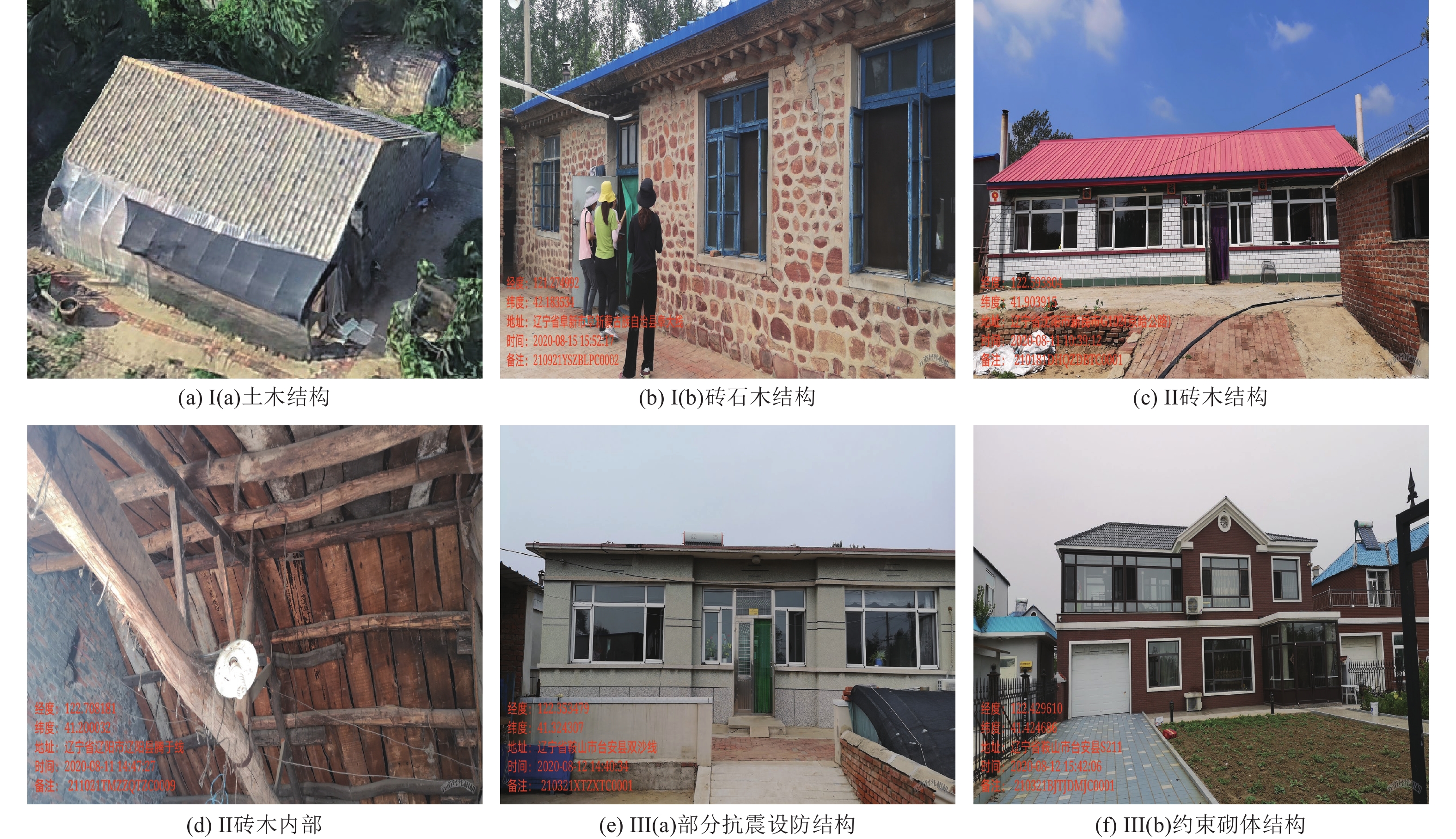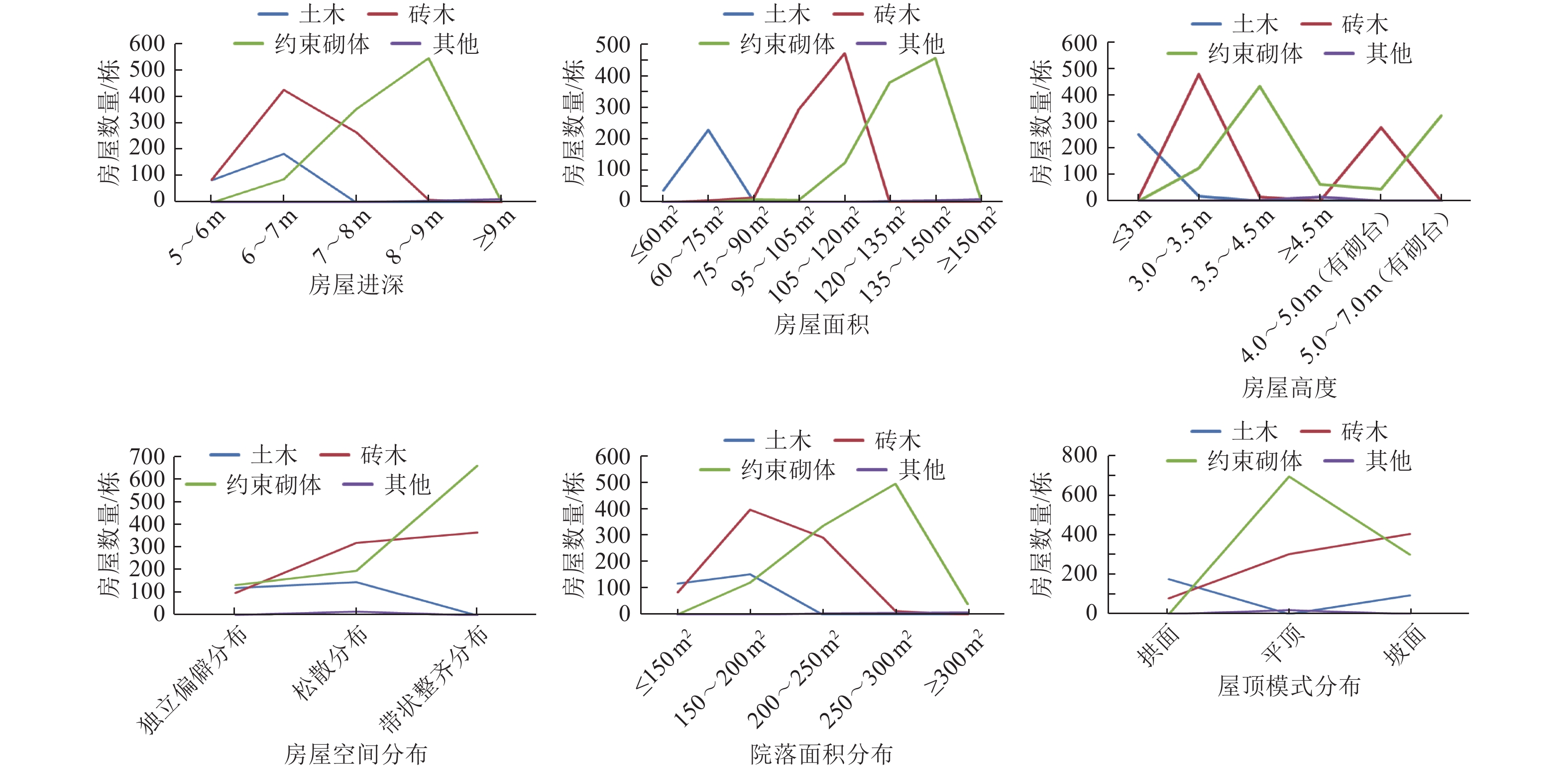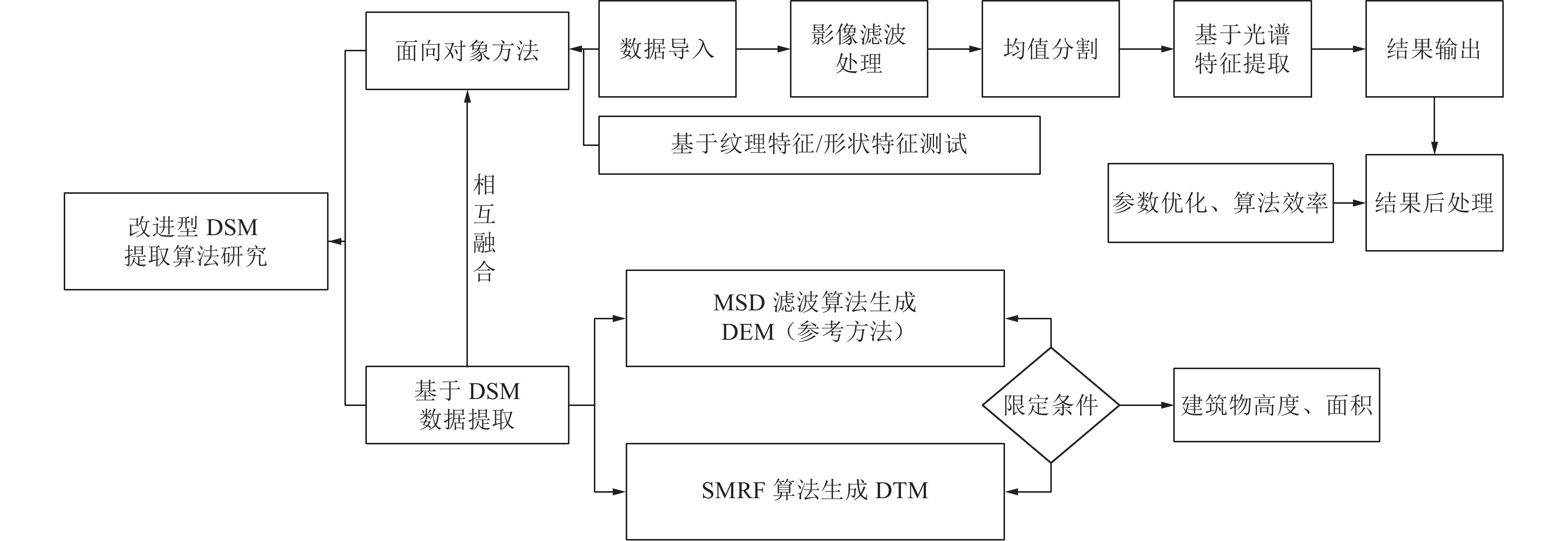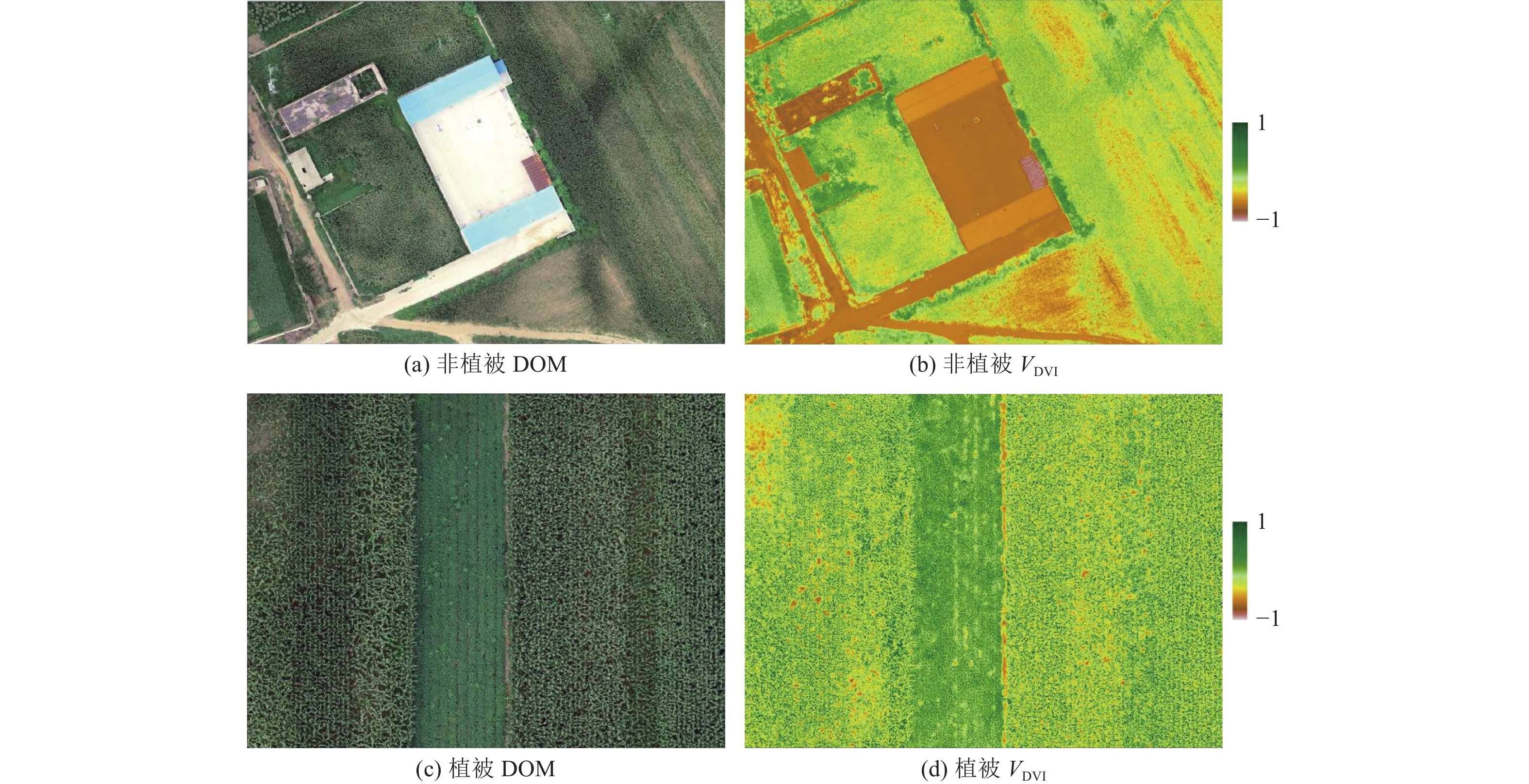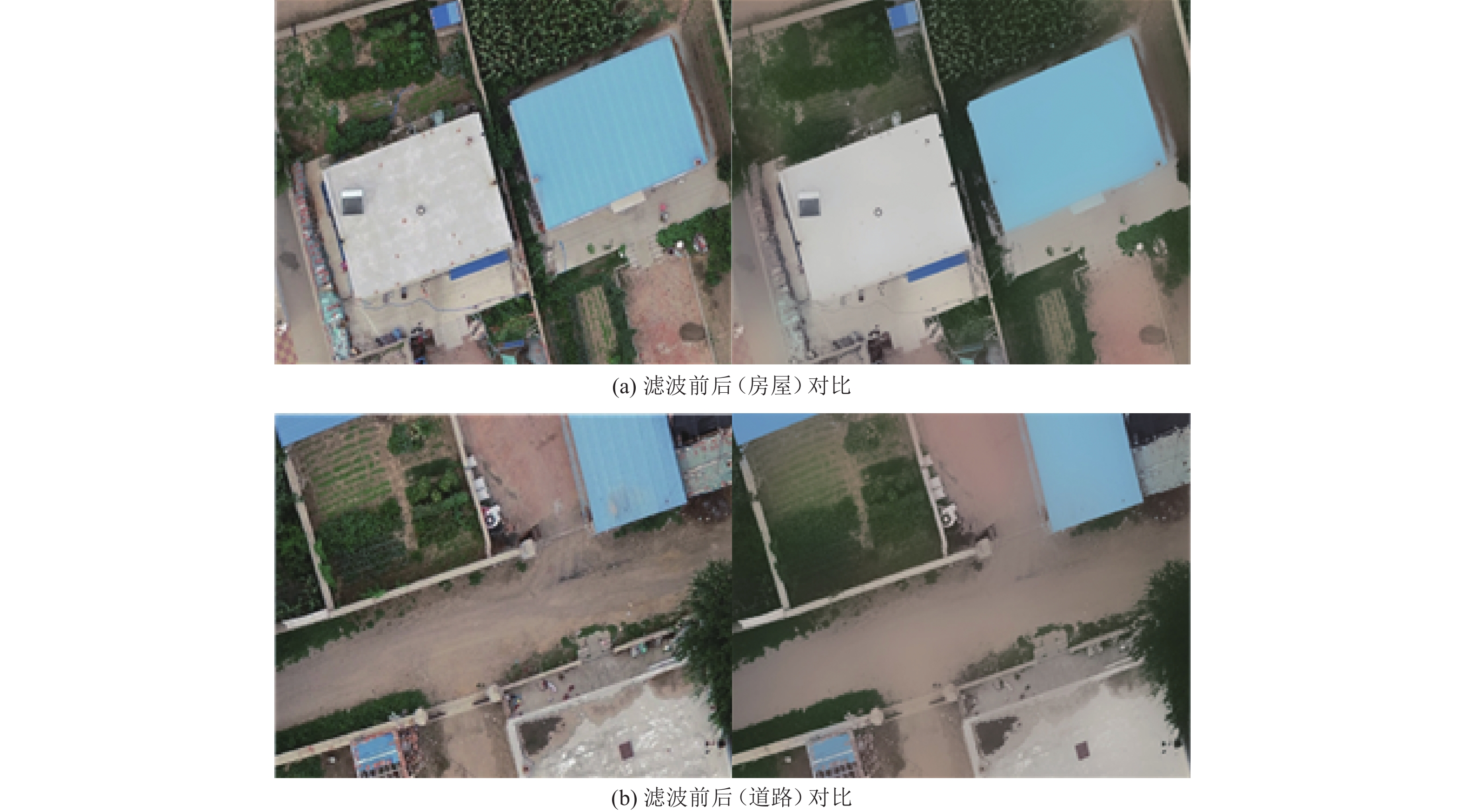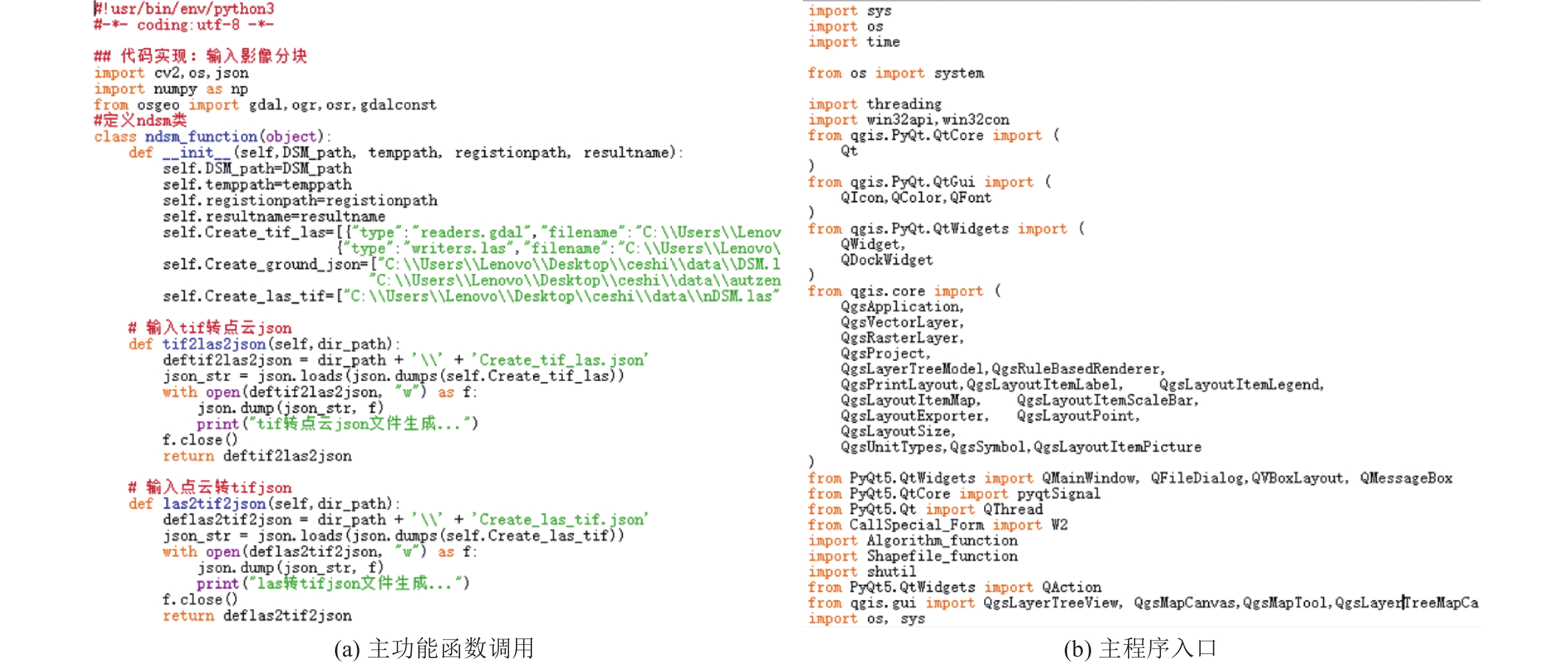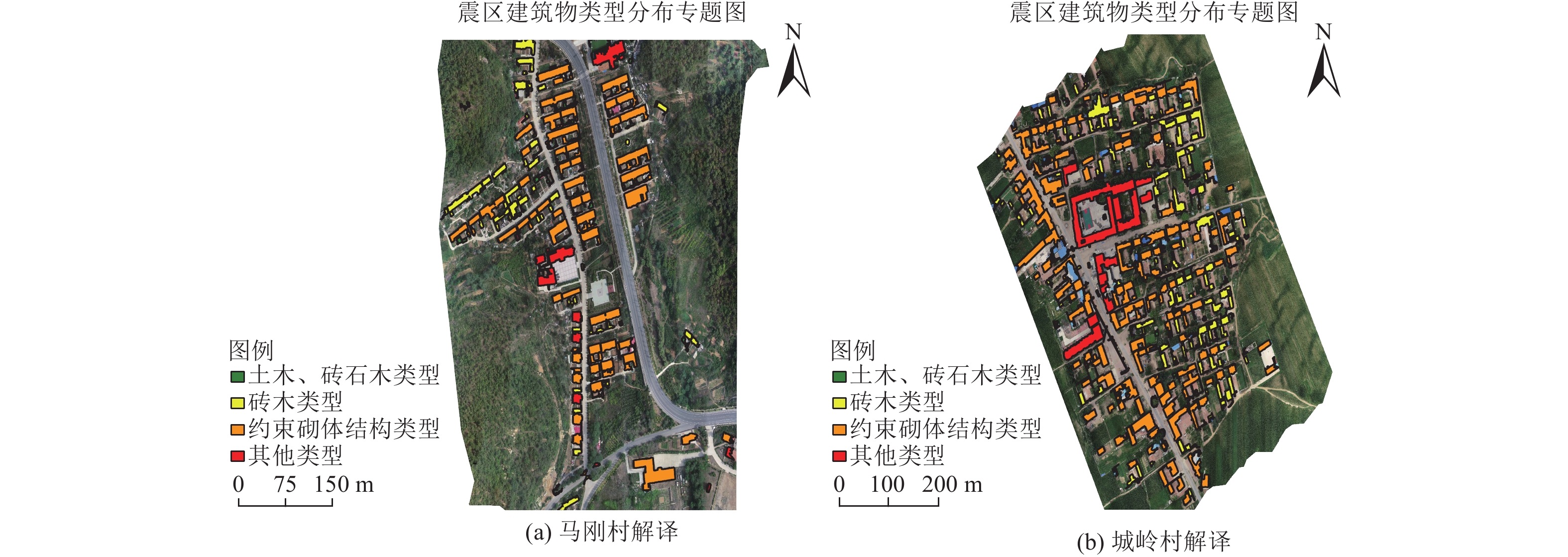Research on Extraction Technology and Application of Rural Residential Buildings in Liaoning Province Based on UAV Image
-
摘要: 本研究以实地调研数据为基准,无人机影像数据分析为验证,进行了基于无人机识别能力范畴的辽宁农居建筑结构类型划分,并根据区域结构类型比例、影像特性等指标优化了农居遥感解译标志整体参数,提取了不同建筑结构的不同解译标志阈值区间,并基于无人机低空正射影像DOM、数字表面模型DSM制定改进型DSM提取算法处理流程与代码,利用Python语言及开发环境完成了遥感影像要素提取与评估系统开发应用。通过最优组合解译标志获取无人机影像解译一致性系数Kappa=0.723,表明制定的解译标志特征对获得具有较好一致性的房屋结构类型具备一定的可行性。以改进型DSM提取算法为核心的建筑物提取软件提取建筑的整体精度为75%,基本满足地震应急需求。Abstract: Based on the field survey data and the analysis of UAV image data, this study formulates the classification of Liaoning rural residential building structure types based on the category of UAV recognition ability, optimizes the overall parameters of Liaoning rural residential remote sensing interpretation signs according to the proportion of regional structure types and image characteristics, extracts the threshold interval of different interpretation signs under different building structures, and formulates the processing flow and code writing of improved DSM extraction algorithm based on UAV DOM (Digital Orthophoto Map) DSM (digital surface model) image data , and completes the development and Application Research of remote sensing image element extraction and evaluation system by using Python language and development environment. The results show that the interpretation consistency coefficient kappa = 0.723 is obtained through the highest combined interpretation mark, which shows that the interpretation mark features are feasible to obtain the house structure type with good consistency. The overall accuracy of building extraction software with improved DSM extraction algorithm as the core is 75%, which basically meets the practical application needs of earthquake emergency. This research is of great practical significance to improve the rapid evaluation of post earthquake in this area.
-
Key words:
- Building /
- Type of structure /
- Interpretation marks /
- DSM extraction /
- System development
-
表 1 工作量统计
Table 1. Workload summary table
抽样点名称 抽样区域占比/% 单体样本数量/栋 航拍数据量/张 采集面积/m2 大红旗村 25 65 242 21 005 庄屯村 20 46 262 21 012 沈家村 25 80 270 21 111 隈子村 30 85 203 16 252 新立村 25 45 243 18 347 新台村 40 40 256 21 120 大东村 25 120 269 19 527 王木村 40 58 481 46 103 彩北新村 30 44 287 23 232 上堡村 40 62 117 74 632 花园村 30 50 233 142 692 后营子村 40 110 242 163 067 东花村 35 65 198 128 091 高家屯村 40 138 282 193 291 前百村 40 102 182 106 099 韩家沟村 35 110 224 151 743 化石戈村 35 105 318 213 242 宅山土村 40 75 267 179 833 乔坨子村 30 48 380 37 398 吕坊塘村 35 55 296 29 818 和尚沟村 40 62 199 112 231 土宝营村 50 38 158 100 138 任家村 40 102 189 102 709 西王村 35 115 192 116 452 纪家村 40 40 156 97 419 小红石村 30 45 298 223 836 稻池村 25 60 214 132 454 头台子村 40 105 177 96 217 表 2 解译标志特征汇总
Table 2. Interpretation sign feature summary
解译特征 置信权重 建筑分类 Ⅰ Ⅱ Ⅲ Ⅳ 直接标志 单体房屋面积/m2
(不含院落)0.2 ≤70(小) ≤120(中等) ≤150(大) ≥150(大) 房屋进深/m 0.4 ≤6 6~7.5 7.5~8.5 ≥9 屋顶模式 0.08 微拱/微坡顶 坡面为主 平顶/坡面 平顶为主 间接标志 房屋高度范围/m 0.2 ≤3(无砌台) 3~3.5(无砌台)
或4~5(有砌台)3.5~4.5(无砌台)
或5~7.5(有砌台)≥4.5(无砌台) 院落面积/m2 0.08 ≤160(小) ≤220(中等) ≤300(大) ≥300(大) 空间分布 0.02 独立或偏僻 紧密分布,偶有零星 带状等规则分布 簇状或临街 院落设施 0.02 偏旧(杂物、闲置) 偏旧(菜园) 整齐(副业) 整齐(水泥过道、副业) 表 3 建筑物类型混淆矩阵
Table 3. Confusion matrix of building types
建筑分类 Ⅰ Ⅱ Ⅲ Ⅳ Ⅰ 224 46 30 0 Ⅱ 28 698 184 0 Ⅲ 18 40 776 2 Ⅳ 0 3 4 17 -
艾加秋, 王非凡, 杨兴明等, 2021. 基于背景匀质性双边滤波的SAR图像斑点噪声抑制算法. 遥感学报, 25(5): 1071—1084Ai J. Q. , Wang F. F. , Yang X. M. , et al. , 2021. SAR image speckle noise suppression algorithm based on background homogeneity and bilateral filtering. National Remote Sensing Bulletin, 25(5): 1071—1084. (in Chinese) 陈天恩, 冯启民, 陈红等, 2006. 基于遥感影像的城市震害模拟. 自然灾害学报, 15(2): 121—126 doi: 10.3969/j.issn.1004-4574.2006.02.020Chen T. E. , Feng Q. M. , Chen H. , et al. , 2006. RS image based city earthquake disaster simulation. Journal of Natural Disasters, 15(2): 121—126. (in Chinese) doi: 10.3969/j.issn.1004-4574.2006.02.020 黄兴荣, 徐兴彬, 2019. 基于Python爬虫技术和LDA模型的短文本获取技术分析. 电大理工, (3): 1—3, 11 doi: 10.19469/j.cnki.1003-3297.2019.03.0001Huang X. R. , Xu X. B. , 2019. Analysis of short text acquisition technology based on Python crawler technology and LDA model. Study of Science and Engineering at RTVU, (3): 1—3, 11. (in Chinese) doi: 10.19469/j.cnki.1003-3297.2019.03.0001 刘贾贾, 刘志辉, 刘龙等, 2019. 基于遥感影像的农村建筑物分类. 华北地震科学, 37(4): 65—72 doi: 10.3969/j.issn.1003-1375.2019.04.012Liu J. J. , Liu Z. H. , Liu L. , et al. , 2019. Classification of rural buildings in Zhangjiakou area based on remote sensing images[J]. North China Earthquake Sciences, 37(4): 65—72. (in Chinese) doi: 10.3969/j.issn.1003-1375.2019.04.012 明小娜, 王晓青, 周洋等, 2018. 基于高分卫星遥感影像的昭通城区建筑物结构类型解译标志构建. 测绘与空间地理信息, 41(9): 139—142 doi: 10.3969/j.issn.1672-5867.2018.09.038Ming X. N. , Wang X. Q. , Zhou Y. , et al. , 2018. Construction of building type interpretation criteria in Zhaotong city based on the high-resolution remote sensing image. Geomatics & Spatial Information Technology, 41(9): 139—142. (in Chinese) doi: 10.3969/j.issn.1672-5867.2018.09.038 秦思娴, 傅晓俊, 余咏胜等, 2015. 基于Python实现地理国情房屋建筑专题信息提取. 测绘与空间地理信息, 38(8): 1—3, 6 doi: 10.3969/j.issn.1672-5867.2015.08.001Qin S. X. , Fu X. J. , Yu Y. S. , et al. , 2015. Thematic data of buildings extraction using python in the census of national geographic conditions. Geomatics & Spatial Information Technology, 38(8): 1—3, 6. (in Chinese) doi: 10.3969/j.issn.1672-5867.2015.08.001 任媛媛, 张显峰, 马永建等, 2019. 基于卷积神经网络的无人机遥感影像农村建筑物目标检测. 南京师范大学学报(工程技术版), 19(3): 29—36 doi: 10.3969/j.issn.1672-1292.2019.03.005Ren Y. Y. , Zhang X. F. , Ma Y. J. , et al. , 2019. Target detection of rural buildings in UAV remote sensing images based on convolutional neural network. Journal of Nanjing Normal University (Engineering Technology Edition), 19(3): 29—36. (in Chinese) doi: 10.3969/j.issn.1672-1292.2019.03.005 王晓青, 魏成阶, 苗崇刚等, 2003. 震害遥感快速提取研究——以2003年2月24日巴楚—伽师6.8级地震为例. 地学前缘, 10(S1): 285—291Wang X. Q. , Wei C. J. , Miao C. G. , et al. , 2003. The extraction of seismic damage from remote sensing images——a case study of Bachu-Jiashi earthquake with MS=6.8 occurred on Feb. 24, 2003. Earth Science Frontiers, 10(S1): 285—291. (in Chinese) 薛腾飞, 张景发, 2017. 应用于地震应急的遥感自动制图实现. 自然灾害学报, 26(3): 19—27 doi: 10.13577/j.jnd.2017.0303Xue T. F. , Zhang J. F. , 2017. Implementation of remote sensing automatic mapping used for earthquake emergency. Journal of Natural Disasters, 26(3): 19—27. (in Chinese) doi: 10.13577/j.jnd.2017.0303 易文斌, 唐宏, 杨晋科, 2009. 面向对象的灾害信息遥感提取框架及其应用. 自然灾害学报, 18(5): 157—162 doi: 10.3969/j.issn.1004-4574.2009.05.024Yi W. B. , Tang H. , Yang J. K. , 2009. Research and application of object-oriented remote sensing framework for disaster information extraction. Journal of Natural Disasters, 18(5): 157—162. (in Chinese) doi: 10.3969/j.issn.1004-4574.2009.05.024 赵福军, 蔡山, 陈曦, 2010. 遥感震害快速评估技术在汶川地震中的应用. 自然灾害学报, 19(1): 1—7 doi: 10.13577/j.jnd.2010.0101Zhao F. J. , Cai S. , Chen X. , 2010. Application of rapid seismic damage assessment based on remote sensing to Wenchuan earthquake. Journal of Natural Disasters, 19(1): 1—7. (in Chinese) doi: 10.13577/j.jnd.2010.0101 周培诚, 程塨, 姚西文等, 2021. 高分辨率遥感影像解译中的机器学习范式. 遥感学报, 25(1): 182—197Zhou P. C. , Cheng G. , Yao X. W. , et al. , 2021. Machine learning paradigms in high-resolution remote sensing image interpretation. Journal of Remote Sensing, 25(1): 182—197. (in Chinese) -




 下载:
下载:
